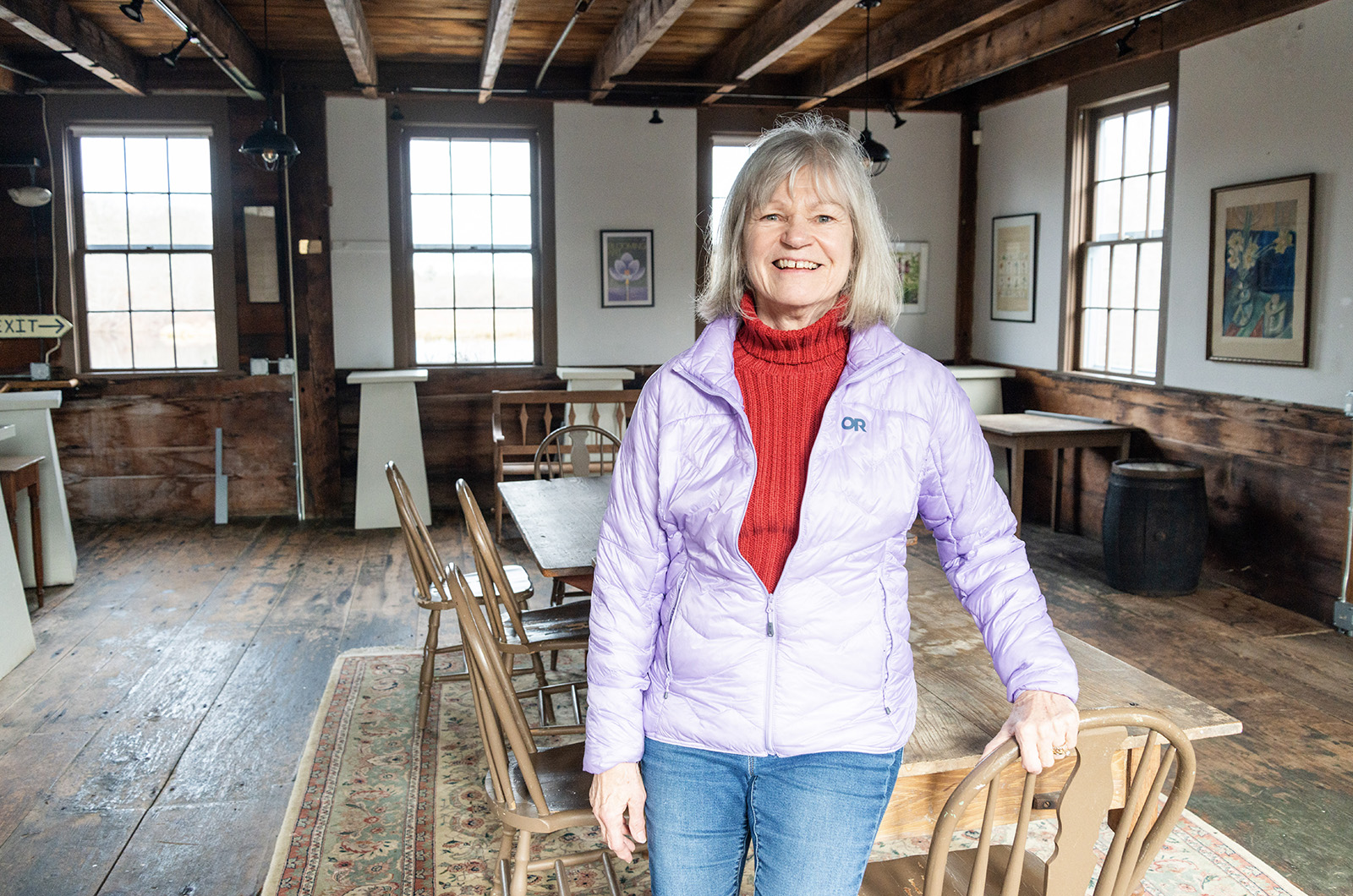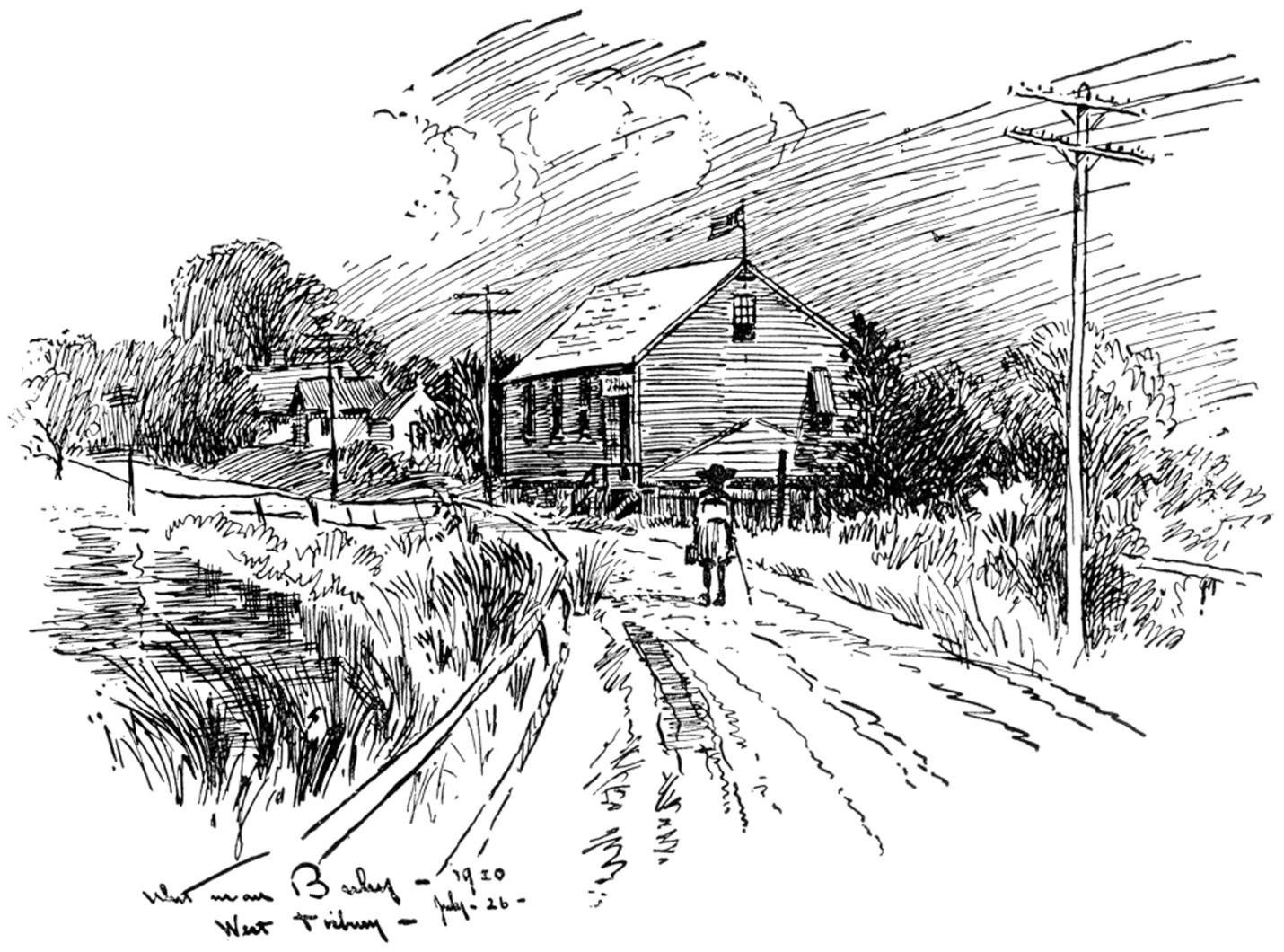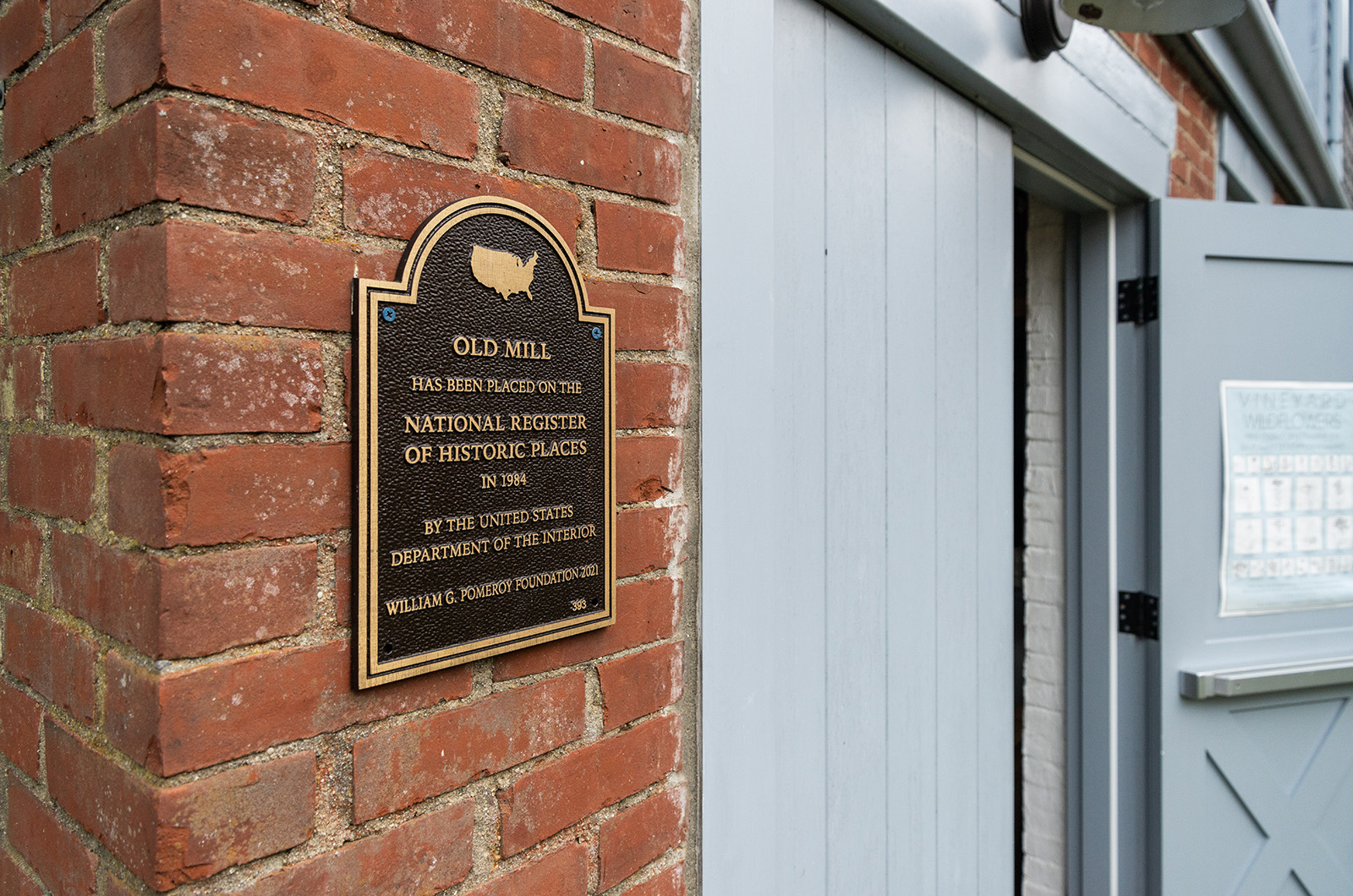After more than 80 years as owners of the Old Mill in West Tisbury, the Martha’s Vineyard Garden Club is considering passing stewardship of the 175-year-old industrial building to an organization better suited to its care.
“Our members are really proud that we own it. They love the building, but owning the mill doesn’t really fit with our mission,” said former garden club president Susan Hobart.
The garden club, which celebrates its centennial this year, holds occasional events at the Old Mill, including its annual Blooming Art show in June. But owning an old building includes having to deal with costly maintenance and repairs. Funding applications will come before town meetings this spring, with the Edgartown and Tisbury community preservation committees already agreeing to put $10,000 requests on their warrants, and requests before three other town’s committees still pending.
“The garden club bought the old mill in 1942 to save the building from demolition,” Ms. Hobart said. “If the preservation trust had been around then, they probably would have taken it over. But there wasn’t a safety net for old buildings.”
A mill has sat at the current location at the Mill Pond dam since the mid-1600s when it was used as a grist mill during the colonial period. The current structure was built in 1848 and is listed on the National Historic Register.

Though references to a grist mill at the site go back to around 1650, it took on a role as the center of Island industry in 1809, when David Look converted it into a wool-processing facility.
“Farmers could bring their wool to be machine carded for a price, or sell it, uncarded, to Look, who would process it further and sell the resulting yarn or cloth,” wrote Martha’s Vineyard Museum research historian Bowdoin Van Riper, in a letter to the club.
For the next 65 years, during Mr. Look’s tenure, and after the building was bought and reconstructed by Capt. Thomas Bradley in the 1840s, it was the only industrial wool-processing facility on-Island.
Though the mill could not compete with larger, off-Island factories, Mr. Van Riper wrote, the mill owners likely focused on marketing the famous West Tisbury Satinet cloth to local markets, especially to outfit sailors for the Island’s burgeoning maritime economy.
“It was — if you’ll excuse the [expression] — deeply woven into the fabric of agricultural, commercial and maritime life across the Island,” Mr. Van Riper wrote.
In 1859, the mill was purchased by Henry Cleveland, who ran it for another 15 years. The building held a series of other functions after it ceased its industrial use, variously serving as a tearoom, auction house and sandwich shop before it was acquired by the garden club in 1942.
The garden club also previously owned the dam adjacent to the building before they donated it to the town of West Tisbury in 2011.
For the past two years, Ms. Hobart has spearheaded efforts to update the building, which is beginning to show its age.
“There are, kind of, gaps in the wall and someone once saw a snake come out of the wall,” she said, also noting that the stairs to the second floor are narrow, steep and not up to code, a problem for the club’s older membership.
Efforts to initiate repairs, Ms. Hobart said, began with an evaluation commissioned two years ago. Work required to continue using the building, the report found, could cost around $240,000 overall.
Building upkeep costs, around $16,000 annually, are already a considerable expense for the club, she added. “That’s more than we get in dues, so we’re constantly fundraising.”
Ms. Hobart said the club has reached out to the Vineyard Preservation Trust about taking over the building.
“Our goal, really, candidly, is to partner with the Vineyard Preservation Trust,” she said.
Nevette Previd, executive director of the Trust, said they were not ruling out acquiring the building in the future, but for now they are focused on their current properties, including a major planned restoration of the Grange Hall.
“Our board’s goal is to systematically work through the deferred maintenance, and some of these huge capital projects that we need to take care of that are already in our portfolio,” Ms. Previd said.
Ms. Previd added the Trust will continue to work in an advisory role to the garden club, helping them to acquire grant and Community Preservation Act funding for their project.
“We’re just staying close,” she said.
Meanwhile, Ms. Previd said the building is in good hands with the garden club.
“We have this beautiful building that takes a lot of work and a lot of time and needs some love,” she said. “So far they have a good plan in place now, and I applaud them for doing it.”








Comments (2)
Comments
Comment policy »